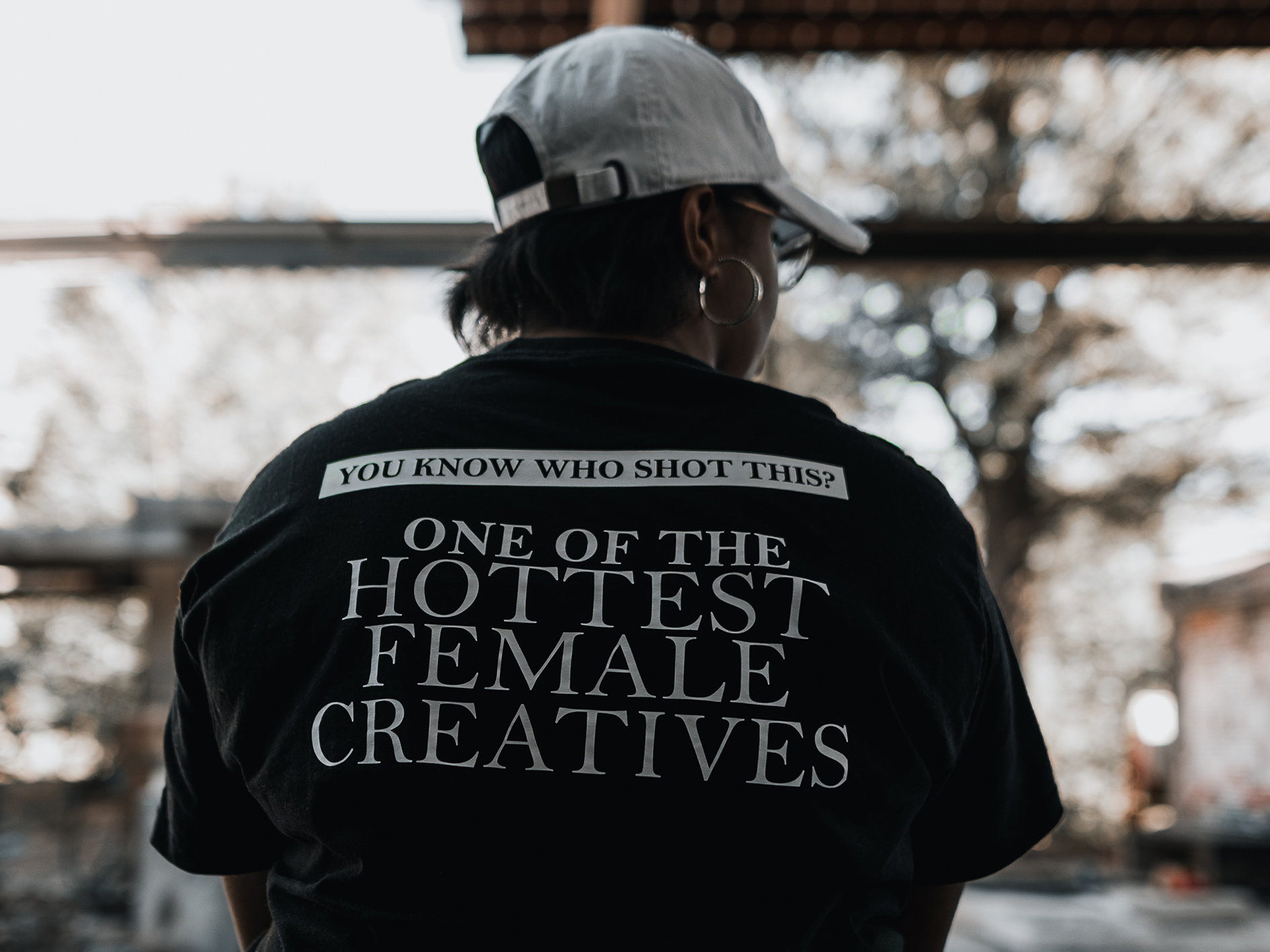Gen Z has changed how people think about shopping. Instead of trusting ads, they look to each other. This shift isn’t just a trend—it’s a new way of making choices. Peer-driven purchases now dominate how this generation decides what to buy and why.
Why Does Gen Z Prefer Peer Validation Over Brand Messaging?
Gen Z grew up online. They’ve seen polished ads and influencer campaigns for years. But they don’t always believe them. What they trust more are real people sharing honest opinions. Authenticity matters more than polish. A recent study by Edelman showed that most Gen Z consumers trust “people like me” more than brand spokespeople.
They want to hear from someone who actually used the product. Not someone paid to promote it. That’s why peer reviews, casual testimonials, and everyday content creators have become so important.
Where Does Gen Z Find Social Proof Before Buying?
Different platforms offer different kinds of trust signals. Gen Z doesn’t just scroll—they observe. On TikTok, they watch short videos that feel spontaneous. On Reddit, they read threads filled with real opinions. YouTube gives them longer reviews with detailed feedback. Instagram shows quick snapshots and reactions.
Each space offers something unique. But they all share one thing: community-driven validation. Gen Z doesn’t just want to see a product. They want to know how others feel about it.
What Types of Content Influence Gen Z’s Buying Behavior Most?
Gen Z responds to content that feels natural. They don’t need high production value. What matters is the message. Short videos, unboxings, and first impressions often carry more weight than polished ads. These formats feel like conversations, not promotions.
A Nielsen study found that user-generated content is far more effective than branded content for Gen Z. That’s because it feels real. It’s someone sharing their experience, not selling a product.
Why Are Micro-Influencers So Effective With Gen Z?
Big names don’t always connect with Gen Z. They prefer creators who feel relatable. Micro-influencers and nano-creators often have smaller followings but stronger engagement. Their content feels personal. It’s not about fame—it’s about trust.
According to Influencer Marketing Hub, nano-influencers generate higher engagement rates than larger influencers among Gen Z audiences. That’s because their followers see them as peers, not celebrities. Gen Z values that closeness.
What Risks Come With Peer-Driven Purchases?
Trusting peers has benefits, but it’s not perfect. Sometimes, viral trends lead to rushed decisions. Fake reviews can mislead. Echo chambers may reinforce biased opinions. Gen Z knows this. They’re learning to spot what’s real and what’s not.
Digital literacy is growing. A Pew Research study found that most Gen Z users cross-check peer reviews before buying. They don’t just take one opinion—they look for patterns. They want to make informed choices, not impulsive ones.
How Are Brands Adapting to Gen Z’s Peer-Driven Habits?
Brands are learning that they can’t just talk at Gen Z. They need to listen. They’re shifting from polished campaigns to community engagement. They’re working with smaller creators and encouraging user-generated content. The goal isn’t to control the message—it’s to be part of the conversation.
Gen Z wants transparency. They want to see how others use a product, not just how it’s marketed. Brands that understand this are finding new ways to connect. They’re letting Gen Z lead the way.
What Does This Mean for the Future of Buying Decisions?
Peer-driven purchases aren’t going away. They’re becoming the norm. Gen Z has shown that trust comes from people, not promotions. Their habits are influencing other generations too. What started as a shift is now shaping the future of commerce.
As digital spaces evolve, so will the ways people validate their choices. But one thing is clear: authentic voices will continue to matter most. Gen Z has made that message loud and clear.











